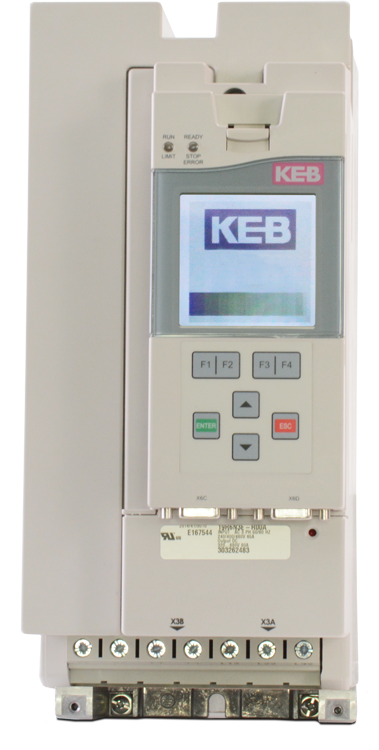Posted on 26th Mar 2024

In the realm of electrical engineering and industrial automation, the terms "AC drives" and "inverters" are often used interchangeably, leading to confusion about their actual meanings and functionalities. However, despite their related roles in controlling electrical motors, AC drives and inverters serve distinct purposes and possess unique characteristics. CM Industry Supply Automation (Lenze Drive & Keb Drive supplier) article aims to elucidate the differences between AC drives and inverters, shedding light on their respective roles and applications.
AC drives, also known as variable frequency drives (VFDs) or adjustable speed drives (ASDs), are sophisticated electronic devices designed to regulate the speed and torque of alternating current (AC) motors. They achieve this by adjusting the frequency and voltage of the electrical input supplied to the motor, thereby controlling its rotational speed and performance.
Speed Control: AC drives enable precise control over motor speed, allowing for gradual acceleration, deceleration, and dynamic adjustments to match varying load demands.
Energy Efficiency: By optimizing motor speed and reducing unnecessary energy consumption during low-load conditions, AC drives enhance energy efficiency and contribute to cost savings.
Motor Protection: AC drives offer built-in features such as overload protection, voltage regulation, and fault detection mechanisms to safeguard motors from damage and ensure reliable operation.
Application Versatility: AC drives find extensive applications across various industries, including manufacturing, HVAC (Heating, Ventilation, and Air Conditioning), pumping systems, and conveyor belts, where precise speed control and energy savings are paramount.
Inverters, on the other hand, are devices primarily tasked with converting direct current (DC) to alternating current (AC) or vice versa. While AC drives are a type of inverter, not all inverters serve the function of motor speed control. In the context of motor control, inverters typically refer to devices that convert DC power from a power source (such as batteries or solar panels) into AC power to drive AC motors.
DC-AC Conversion: Inverters convert DC power to AC power, facilitating the operation of AC-powered devices or systems in applications where DC power sources are prevalent.
Power Quality: Inverters ensure the stability and quality of the AC power output, maintaining consistent voltage, frequency, and waveform characteristics to meet the requirements of connected loads.
Renewable Energy Integration: Inverters play a crucial role in renewable energy systems, such as solar photovoltaic (PV) and wind turbines, by converting DC electricity generated from solar panels or wind turbines into usable AC power for residential, commercial, or grid-connected applications.
Uninterrupted Power Supply (UPS): Inverters equipped with battery backup systems provide uninterrupted power supply during grid outages or voltage fluctuations, ensuring continuous operation of critical equipment and systems.
According to CM Industry Supply Automation (Lenze Drive & Keb Drive supplier), while AC drives and inverters share the common function of controlling electrical motors, they differ in their primary roles and functionalities. AC drives focus on regulating motor speed and torque through frequency and voltage adjustments, enhancing energy efficiency and motor performance across a wide range of industrial applications. In contrast, inverters serve as power conversion devices, transforming DC power to AC power or vice versa, with applications ranging from renewable energy integration to uninterrupted power supply solutions. Understanding the distinctions between AC drives and inverters is essential for selecting the appropriate technology to meet specific operational requirements and achieve optimal performance in diverse electrical and automation systems.